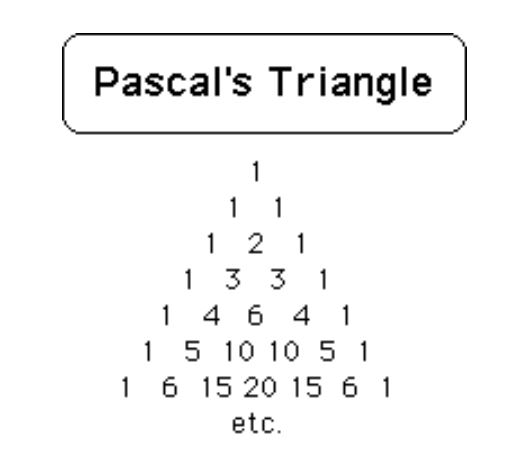The Numbers Behind the Universe
It is easy to observe the universe as a whole and decide it is rather chaotic. If nothing else, we have all at least vaguely heard about the entropy of the universe in pop culture. This idea stems from the fact that in thermodynamics, systems trend toward increases in entropy, or disorder. By that logic, the entire universe is eventually going to achieve its own maximum level of disorder, though it is hard to say exactly what that means. However, despite our general concerns about the logic of the universe, a surprisingly small amount of numbers forms the basis for phenomena occurring around us all the time. It would seem the universe has more order than we think.
The classic example is pi. For the average person, pi = 3.14 is a simple ratio used for geometry. It links a circle’s radius to its circumference and area, and is useful for describing angles and relating properties of many shapes with circular or spherical aspects. If your average day does not include much pi-related geometry, aside from trying to determine the most cost-efficient pizza size, then you are not alone. However, pi crops up in a surprising number of places. An example of this is animals with fur patterns, such as stripes or spots. The spatial relationships between the stripes and the dimensions of each individual stripe can be described using pi. Even the ratio describing a river’s path can be traced back to pi.
Another value with a surprising number of appearances in nature is the golden ratio. In its purest form it is an irrational number like pi, but it is also commonly given the value of 1.618 for simplicity. Numbers that approximate to the golden ratio are found in a variety of places. A common example is plants. Their leaves grow and turn in such a way so that the plant can receive optimal sunlight for its needs. The spiral pattern that dictates the growth and spacing of the leaves can be estimated using the golden ratio. Even on a molecular level, the pattern of the double helix is 34 angstroms by 21 angstroms, a ratio that is almost the golden ratio. The golden ratio as a concept is intertwined with Fibonacci numbers, a sequence from the middle ages that was initially proposed to understand growth over time in certain situations. The basic Fibonacci sequence reads as 1,1,2,3,5,8,13,21,… and continues indefinitely. The pattern indicates that any number in the list is the sum of the two numbers that precede it. Flowers follow the patterns set down by Fibonacci as many of them have a number of petals that can be found somewhere in the sequence.
An expansion of the Fibonacci sequence and the golden ratio is a concept known as Pascal’s Triangle. The right half of each row mirrors the left. The second number in the row is the same as the number row it is, assuming the row count starts at 0. Any number in the formation is the sum of the two numbers on either side of it in the row above it. The sum of each row is twice as much as the sum of the previous row. Finally, when the rows are viewed in a rectangular layout, the sum of the diagonals are the numbers in the Fibonacci sequence. When it comes to finding patterns within the triangle, those are just a few examples. The main applications of Pascal’s Triangle are in probability, but it is interesting to see how the same numbers appear over and over again.
Now, analyzing certain patterns and natural phenomena show that not every example of these ratios is perfect. In ancient cultures, the value of pi was described as 3.16. Today, we know pi to over a trillion digits, a level of precision we definitely do not need in our everyday assessments of the universe. However, many patterns involve ratios relatively close to some of the most famous mathematical theories and ratios. It is that relative closeness that interests us because it shows that there are logical ways for nature, the universe, and life itself to manifest. In a seemingly chaotic universe trending toward disorder, these ratios provide a sense of order for the world around us, no matter how invisible some of the evidence may be in our daily lives. Math is all around us and, whether or not we like it, its influence has a long reach. Learning to understand and appreciate these applications can broaden our understanding of the universe and many facets of our lives.
Works Cited
Lamb, Robert. "How are Fibonacci numbers expressed in nature?" HowStuffWorks, https://science.howstuffworks.com/math-concepts/fibonacci-nature1.htm. Accessed 22 Mar. 2019.
Reich, Dan. "The Fibonacci Sequence, Spirals, and the Golden Mean." Temple University, https://math.temple.edu/~reich/Fib/fibo.html. Accessed 22 Mar. 2019.
Schnell, Santiago. "Pi Is Encoded in the Patterns of Life." Biophysical Society, https://www.biophysics.org/blog/pi-is-encoded-in-the-patterns-of-life. Accessed 22 Mar. 2019.
"Why Does The Golden Ratio Seem To Be Everywhere In Nature?" IFLScience, www.iflscience.com/plants-and-animals/why-is-the-golden-ratio-seem-to-be-everywhere-in-nature/. Accessed 22 Mar. 2019.







